From Insight to Campaign: How to Build the Perfect Copy Strategy

Today, we're tackling one of those topics in marketing that sounds like an alchemical formula: the Copy Strategy. It's that legendary document which, in theory, should transform the lead of a confused brief into the gold of a brilliant campaign.
Many people think that the big ideas – the "Just Do It", the "Think Different", the "It does what it says on the tin" – are born from a flash of genius in a room full of colourful post-it notes, perhaps after three coffees and a custard croissant. The reality, as usual, is a little less romantic and much more structured.
What seems like magic is, almost always, strategy.
If the Brief is the treasure map that says "The treasure is here (perhaps)", the Copy Strategy is the detailed plan that defines the route, the crew, the type of shovel to use, and what to say to the parrot. It's the bridge that connects the client's request (the business objective) to the creative execution (the ad, the post, the spot).
In this article, we won't just define the 5 (or 6) classic points. We'll do a deep dive into why this strategy is the most powerful weapon in a communicator's arsenal and how to build one that doesn't send the creative department (or, worse, the client) to sleep.
And to do this, we'll have a special guest: Barnaby "Barna" Fblthp, a visionary entrepreneur, a bit Steve Jobs and a bit Donald Duck, who is about to launch his improbable product: the "ChakraFlow 9000".
Debunking the Myths (Before they waste our time)
Before we get into it, let's clear the air of a few misunderstandings that plague marketing meetings. If your agency or marketing department suffers from one of these syndromes, this article is your cure.
Myth 1: "Creativity can't be caged"
The Truth: Creativity loves constraints. In fact, it desperately needs them.
The biggest terror for a creative isn't having too many rules, but having none at all. The famous "just do your thing, impress me" from a client is the antechamber to disaster: it leads to dozens of proposals that "aren't what I had in mind", to frustration and burnt budgets.
The copy strategy isn't a cage; it's the boxing ring. It defines the ropes, the corner, the opponent's weight, and the rules of the game. Inside that ring, the creative can (and must) be an unleashed boxer. But if they go outside the ropes, they're disqualified. The strategy protects the idea and the person who has to give birth to it.
Myth 2: "It just needs to be original / viral / funny"
The Truth: Originality that doesn't sell is just art (and sometimes not even that).
A campaign can be memorable, get a laugh or move people to tears, but if, in the end, the consumer remembers the gag and not the brand (or, worse, remembers the competitor's brand), we have failed.
Creativity in our profession is functional. It must serve a marketing objective. If the objective is to increase consideration for a product, the idea must lead the target to think, "Hey, this might be for me". If the objective is drive-to-store, the idea must make people move. The copy strategy ensures that originality is a vehicle, not the destination.
Myth 3: "We'll do it later, let's see the ideas first"
The Truth: It's like building a house and then calling the architect to do the foundations.
This is the fastest route to chaos. Without an approved and shared strategy, every idea is judged on a purely subjective basis: "I like it / I don't like it".
The copy strategy is a contract. It's the signed agreement between the agency, the marketing department, and (ideally) the client, that says: "This is what we must communicate. This is our target. This is how we will speak". When the strategy is solid, the discussion about the creative ideas becomes objective: "Does this idea respect the strategy? Yes/No? In what way?". It shifts the focus from taste to effectiveness.
The real starting point: the Insight
Many textbooks start the copy strategy with the "Promise" or the "Target". Wrong. Or rather, incomplete. The real driver of everything, the element that transforms a banal communication into a relevant one, is the Insight.
An insight is not an observation.
-
"People spend a lot of time on social media" is an observation.
-
"People hate Mondays" is an observation.
-
"Mothers want the best for their children" is an observation (and also a cliché).
An insight is a deep, non-obvious, and often unconfessed human truth, that sheds new light on the problem. It's the "Ah-ha!" moment that triggers something in the consumer's head and makes them think: "Wow, they're talking directly to me".
Finding the insight is detective work. It's found by digging into data, of course, but above all in empathy.
Let's take Dove's "Real Beauty" campaign.
-
Observation: Women buy beauty products to feel more beautiful.
-
Insight: Society imposes such a narrow and unattainable ideal of beauty that most women never feel 'beautiful', but instead feel anxiety and inadequacy.
See the difference? The insight is powerful, it's emotional, it's a conflict.
Barnaby Fblthp's Insight
Now let's get back to our hero, Barna. He's trying to sell the ChakraFlow 9000, a Wi-Fi router that (according to him) not only transmits data, but purifies the digital aura of the home.
Barna, in his standard-issue black jumper (a bit felted), analyses the market.
-
Observation 1: People buy more powerful routers for faster streaming.
-
Observation 2: There's a growing trend for wellness, meditation, yoga, and decluttering (see Marie Kondo).
-
Observation 3: People complain that Wi-Fi 'is bad for you', 'emits radiation', 'it's electromagnetic pollution'.
A lazy agency would say: "Okay, Barna, let's just say your router is 'Zen'".
But Barna (between throwing rubber ducks against the wall and a stroke of genius) digs deeper and finds the Insight:
"People have invested thousands of pounds to make their home a temple of wellness (plants, candles, yoga mats, minimal furniture), but they feel frustrated because there's a 'pollution' they can't control: the digital kind. Their Wi-Fi, with its aggressive little lights and tangled cables, is experienced as the spiritual 'background noise' of their home. They don't just want a fast signal; they want a clean signal."
This. This is the insight. Now we can really build the strategy.
The anatomy of the Copy Strategy (the 6 pillars)
With our insight in our pocket, we can fill in the document. There's no single universal template (some agencies have 5, others 8), but these 6 elements are fundamental.
1. The Target (Who are we talking to?)
It's not enough to say "Women, 30-45". That's a graveyard of demographic data. We need to describe a human being. We need to create a 'Buyer Persona' so detailed we could almost invite them to dinner.
What do they think? What do they fear at 3 in the morning? What app do they use as soon as they wake up? Who do they follow on Instagram? What words do they use? Which ones do they hate?
ChakraFlow 9000 Target (Bad Example):
-
Men and women, 28-50, metropolitan area, upper-middle income bracket, interested in technology and wellness.
ChakraFlow 9000 Target (Good Example):
-
"The Holistic Millennial" (Chiara, 34).
-
Lives in an immaculate one-bedroom flat. She works from home (perhaps she's a UX designer or a social media manager).
-
She buys organic, practises yoga (but only at 'authentic' centres), she spent £200 on an essential oil diffuser.
-
Her current router (black, angular, full of aerials) is hidden in shame behind a Fiddle-leaf fig plant.
-
Secret fear: That all her effort for a "mindful" life is being nullified by the digital pollution she can't see.
-
Typical phrase: "I need to switch off and recharge my batteries."
Now we know exactly who we're talking to.
2. The Promise (The Main Promise / USP)
This is the heart of the strategy. It's the ONE benefit, the most important one, that the product offers to that specific target and that the competition cannot (or will not) offer.
It's called the Unique Selling Proposition (USP). And the key word is Unique.
The trap here is to list everything. "It's fast, it's beautiful, it's easy, it's eco-friendly". No. Choose. A battle is won by concentrating your forces on a single point. What is the one thing that will make the difference for Chiara?
ChakraFlow 9000 Promise (Bad Example):
-
"The fastest and most spiritual Wi-Fi router on the market." (Too many things. Everyone says "fast").
ChakraFlow 9000 Promise (Good Example - based on the Insight):
-
"ChakraFlow 9000 is the only router that purifies your digital space, transforming the Wi-Fi signal from a source of stress into a vehicle for harmony."
We're not selling speed. We're selling peace.
3. The Reason Why (The Justification)
Okay, I promise you digital harmony. And you ask me: "Yeah, right. How?"
The Reason Why is the logical explanation, the product feature that makes the promise credible. It's the technical (or pseudo-technical) 'why' that supports the emotional benefit.
ChakraFlow 9000 Reason Why:
-
"Because it doesn't just transmit data. It uses our patented 'Bio-Harmonic Resonance' (BHR™) technology, a system of crystalline filters that (according to Barna) 'tunes' the chaotic Wi-Fi frequencies into an organic and natural pattern."
Is it credible? For the "Holistic Millennial" target, who already believes in the power of crystals, absolutely. For a software engineer? Probably not. But we're not talking to the engineer.
4. The Supporting Evidence (The Proof)
If the Reason Why is the explanation, the Supporting Evidence is the tangible proof. These are the facts, data, testimonials or physical features that support the Reason Why. It's what we show in the ad.
ChakraFlow 9000 Supporting Evidence:
-
Design: "Unibody shell made from real hand-polished rose quartz." (Tangible)
-
Data (made up): "Certified 'Digital Zen' by the (non-existent) Institute of Energetic Purity in Zurich." (Pseudo-authority)
-
Function: "A single lavender-coloured LED light that pulses at the rhythm of breathing ('Calm' mode)." (User Experience)
5. The Tone of Voice (The Personality)
Now that we know what to say, we decide how to say it. The tone isn't what you say; it's the music of your words. It's the brand's personality. Is it friendly? Authoritative? Ironic? Nurturing?
Think of Ferrero: Nutella (playful, familiar) and Ferrero Rocher (elegant, aspirational) have completely different tones, despite coming from the same company.
Tone of Voice for ChakraFlow 9000:
-
Visionary but Empathetic. A bit like a tech guru who has just finished a meditation retreat.
-
Uses words like "flow", "energy", "space", "intentional", "alignment".
-
Avoids words like "speed", "performance", "gigs", "technical".
-
Style: Minimalist, calm, reassuring, almost messianic. (Barna Fblthp feels very Steve Jobs here).
6. The Mandatories (The Mandatory Constraints)
This is the 'boring' but vital part. What must and what must not absolutely appear in the communication? These are the legal rules, the brand guidelines, the client's requirements.
ChakraFlow 9000 Mandatories:
-
DO:
-
The logo must always appear on a neutral background.
-
The product must be shown in minimalist, bright environments, with the presence of natural elements (plants, wood, stone).
-
The legal disclaimer must be present: "ChakraFlow 9000 is not a medical device".
-
-
DON'T:
-
Never show tangled cables.
-
Do not use aggressive primary colours (no red, no bright yellow).
-
Do not use the word "magic" (Barna is furious about this, "IT'S SPIRITUAL SCIENCE!", he yells, but the lawyers won).
-
Never compare the speed to competitors.
-
The missing link: The Consumer Response
We're almost done. There's one element missing that many strategies forget, but which is crucial for us at Insight: The Desired Response (Consumer Response).
In other words: after seeing our communication, what do we want our target (Chiara, 34) to think, feel, and do?
This forces us to put ourselves back in the customer's shoes and to define the objective in human terms, not marketing terms.
Desired Response for ChakraFlow 9000:
-
THINK: "Finally. I'm not crazy. My Wi-Fi is 'dirty'. A solution exists that understands my need for holistic wellness, not just streaming."
-
FEEL: "Relief, calm, curiosity. I feel understood. I feel the need to 'cleanse' my home of that old black router."
-
DO: "Search for reviews of the ChakraFlow 9000, visit the website, and pre-order it to get the free bamboo yoga mat."
Failure is just around the corner (examples of failed strategies)
The theory is nice, but we learn more from mistakes. Barna Fblthp, before arriving at his enlightened strategy, he had several disasters.
Case 1: The 'Jack-of-all-trades' (or 'Committee') Strategy
This happens when everyone in the meeting wants to add "just one little thing".
-
Promise: "ChakraFlow 9000 purifies your aura, is the fastest on the market, has advanced parental controls, it's also a smart speaker and reads you your horoscope!"
-
Result: Total confusion. The target doesn't understand what the real benefit is. If you say everything, you say nothing. The communication looks like a supermarket flyer.
Case 2: The 'Myopia' Strategy (In love with the Product)
This happens when the technicians (or the entrepreneur) are so obsessed with the features that they forget the benefits.
-
Promise: "ChakraFlow 9000 has 12 internal aerials with a BHR™ quantum processor and a 64-bit fluctuation algorithm!"
-
Result: The target (Chiara) yawns. She's not interested in how it works, she's interested in what it does for her. You're selling the drill, not the hole in the wall (and in this case, not even the hole, but the feeling of peace that perfectly hung picture gives you).
Case 3: The 'Amnesia' Strategy (Forgetting the Competition)
This happens when your "Unique Selling Proposition" isn't "Unique" at all.
And now, it's over to you. What was the last campaign that made you think, "Wow, there's an amazing strategy behind that"? Or which one, conversely, made you furious with its lack of focus? Let's talk about it in the comments.
-
Promise: "ChakraFlow 9000 brings wellness to your home."
-
Reason Why: "Because it has an elegant and minimalist design."
-
Result: The competitor "ZenFi" already has an identical promise and a similar design. Your communication is forgettable, it leaves no trace. You've wasted budget advertising (also) for your competitor.
Conclusion: strategy is not bureaucracy, it's freedom
I know, it's been a long journey (almost 2500 words!). If you've made it this far, you've understood that the Copy Strategy isn't a boring piece of paper to fill in to keep the boss happy.
It's an act of strategic discipline. It's an act of deep empathy towards the customer. It's the act of making difficult choices (saying 'this' means saying 'not that').
A solid strategy is what allows a creative idea to take flight without crashing. It's the launchpad. Without it, even the most brilliant idea remains a leap into the void, hoping there's a swimming pool below and not concrete.
Don't look for the "idea fairy". Build a strategy so sharp, so focused, and so based on a human truth, that the right idea becomes the only logical consequence.
💡 Insight's Takeaways
-
The Copy Strategy is not the Brief: The Brief is the problem, the Strategy is the plan to solve it.
-
Start with the Insight: Don't sell a product, solve a deep, non-obvious human problem.
-
One Promise, and One Only: Choose the ONE benefit that makes you different and relevant to your target.
-
Feature vs. Benefit: Don't sell what your product does (Reason Why), sell what it does for the customer (Promise).
-
Creativity Loves Constraints: A good strategy (with clear Mandatories) is a creative's best ally, not their enemy.
-
Think, Feel, Do: Always ask yourself what reaction (cognitive, emotional, behavioural) you want to trigger.
And now, it's over to you. What was the last campaign that made you think, "Wow, there's an amazing strategy behind that"? Or which one, conversely, made you furious with its lack of focus?
Let's talk about it in the comments.
By accepting you will be accessing a service provided by a third-party external to https://insightadv.uk/

 IT
IT  EN
EN 
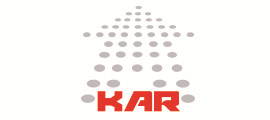
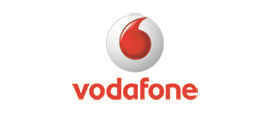

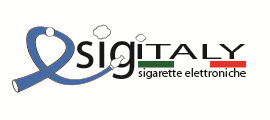
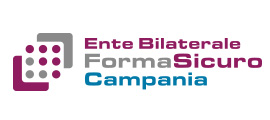

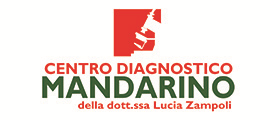

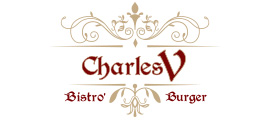
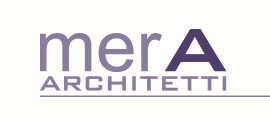
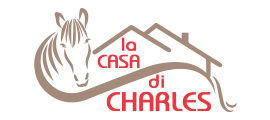
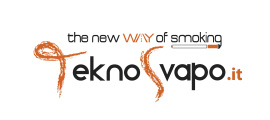
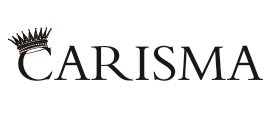
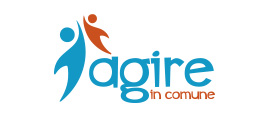
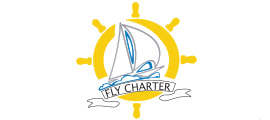
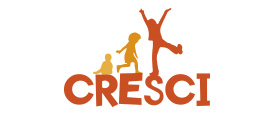
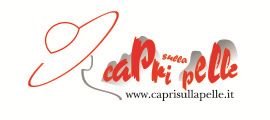
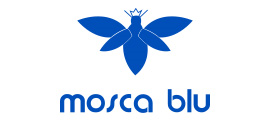
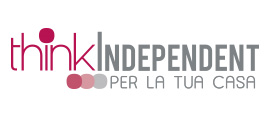
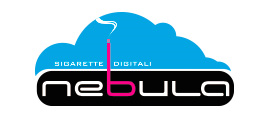
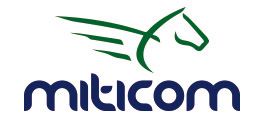
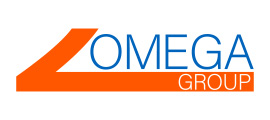
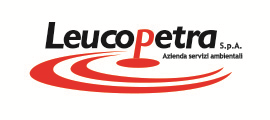
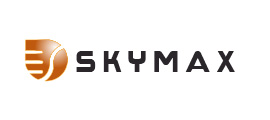

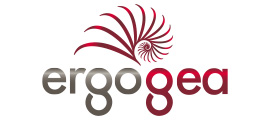

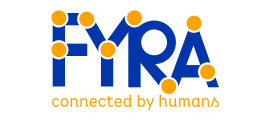
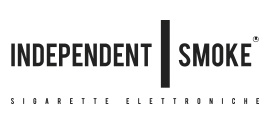

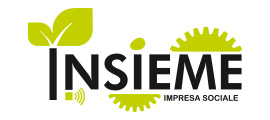
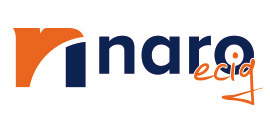
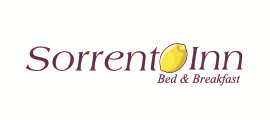
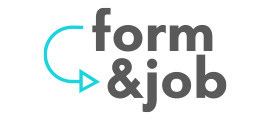
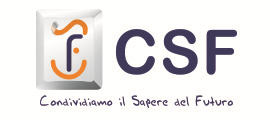
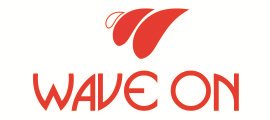
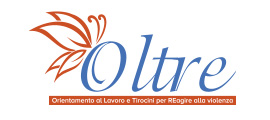
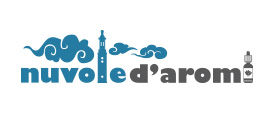
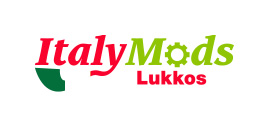
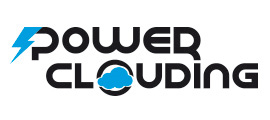

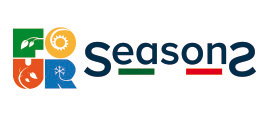
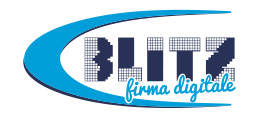














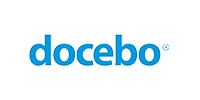

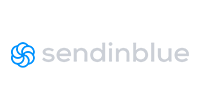

Comments